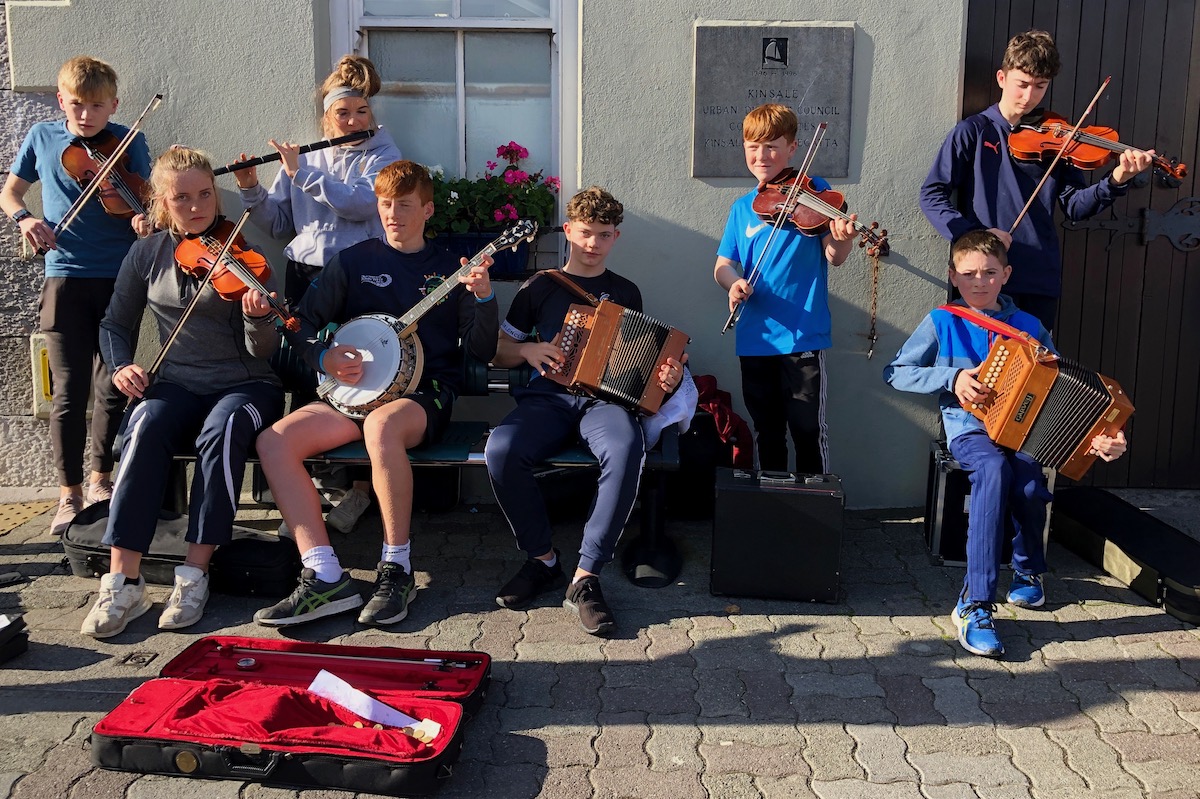
IRELAND: Happy St. Patrick’s Day! A long time ago, in a galaxy far far away……
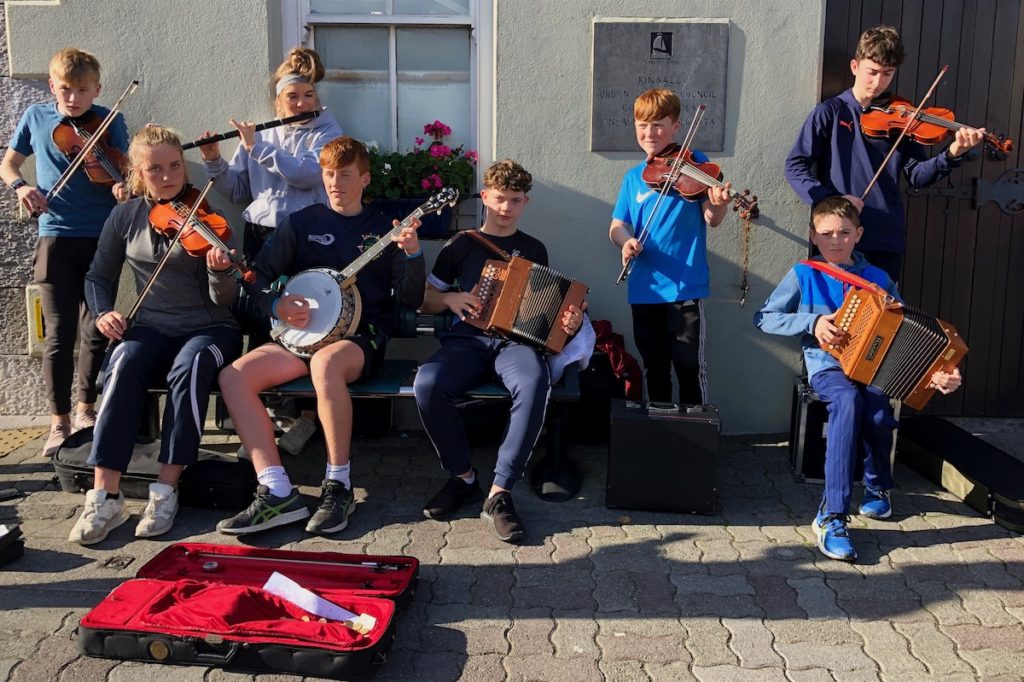
In Fall 2019 we were working the ten-year travel plan hard, traipsing around the globe. On our October self-drive around the Emerald Isle, we steered our tiny rental car over bumpy cart paths and up roads to the top of black rock sheer cliffs, just as we had 30 years prior. We hunted down most of the same stops from our 1989 drive, and wow – one of our best trips ever.
The only one that tops it was that original honeymoon trip, when we were still young and in love; the young part’s gone now but the love has stayed. I’m glad we both kept journals of that 1989 trip, since it all comes back in crisp detail when I read them.

Today, my rickety old brain misfires sometimes when I go to recall a person’s name, or retrieve the answer to a password security question (the one I chose myself). Ah well. It’s still true that when I write a travelogue the memories stay fast, and I can retrieve them at will. I can still see in my mind’s eye, for instance, a slurry drunk Irishwoman being kind to us, as we stood out in her field filled with Neolithic ruins. Turns out her name was Mary. (So maybe I need to journal my passwords and security questions, perhaps?)
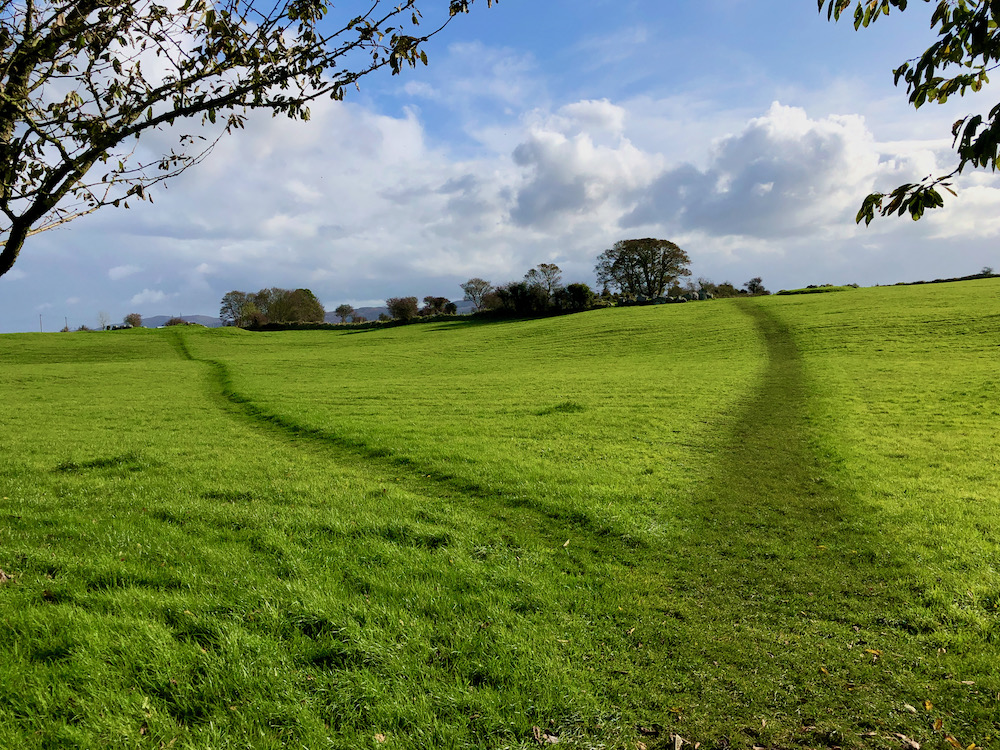
I stopped writing when the Covid menace descended, though, and started baking bread like everyone else. So I never told you what we learned about the drunk Irishwoman’s farmland, or about the cows, or about how we found Padre’s ancestral lands, or how Ireland is now a Star Wars destination, or Mary the ghost, or the survival stories – stories that touched our hearts, stories of courageous humans carrying on despite impossible odds.
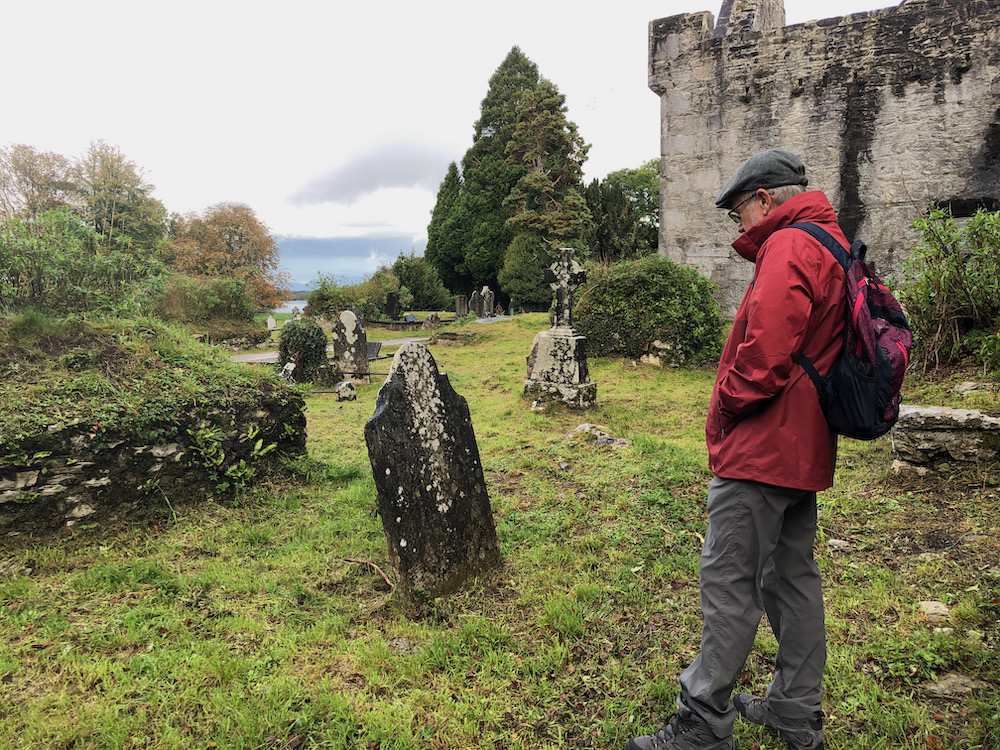
So today for St. Patty’s, here are a few tales, and oodles of green, green, green (!) photographs of beautiful Ireland.
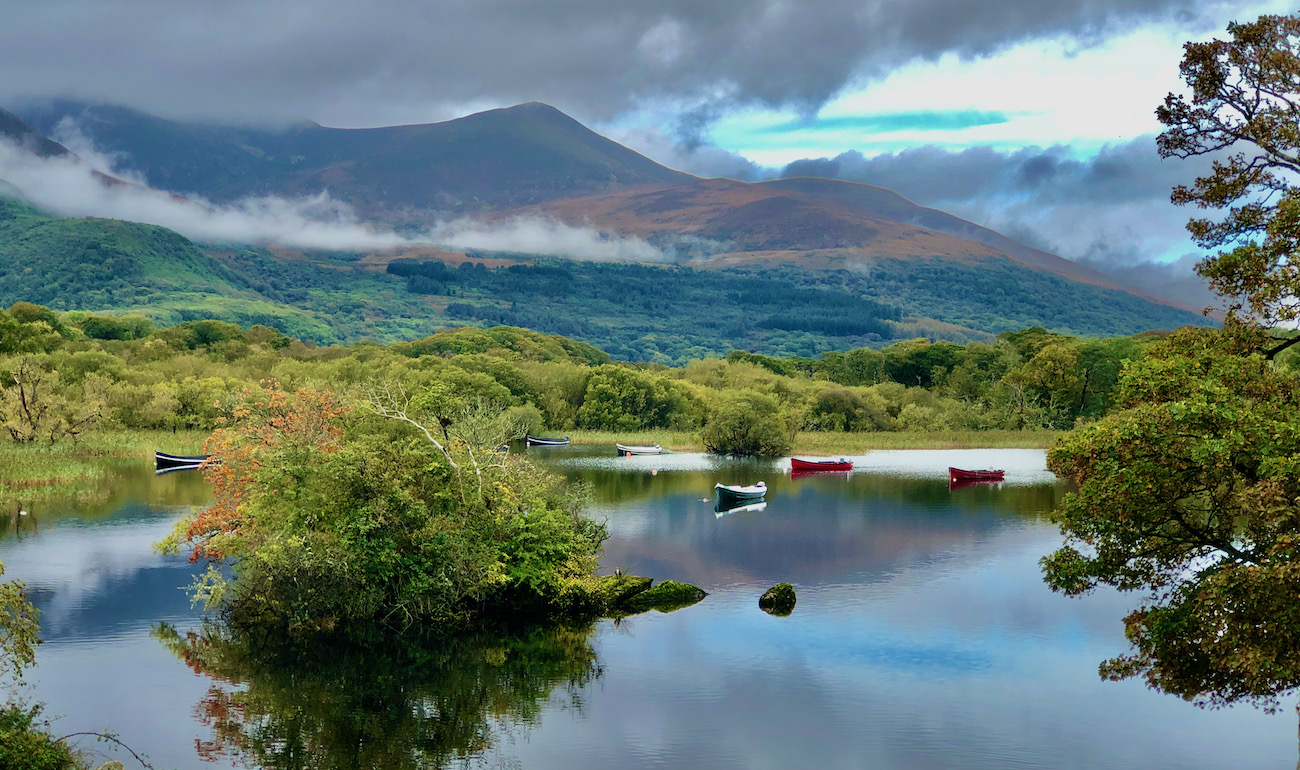
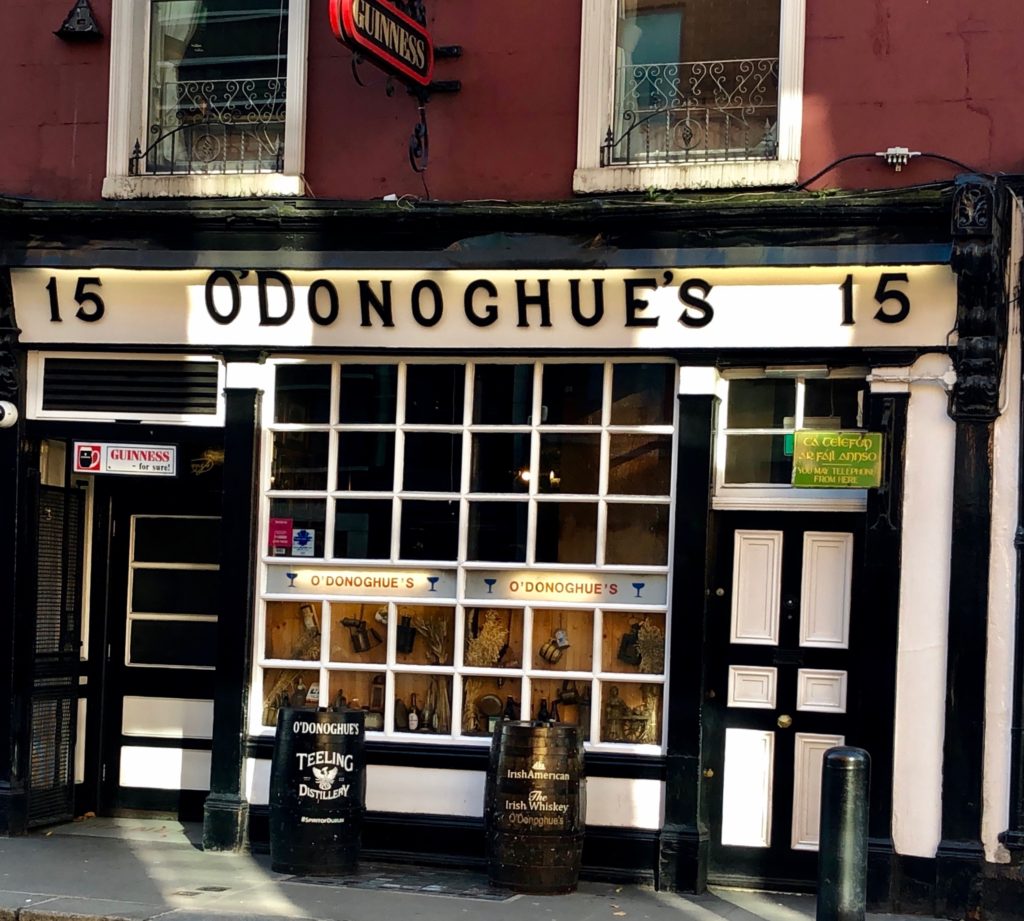
SO MANY AMERICANS HAVE IRISH ANCESTORS: WE HAVE TWO
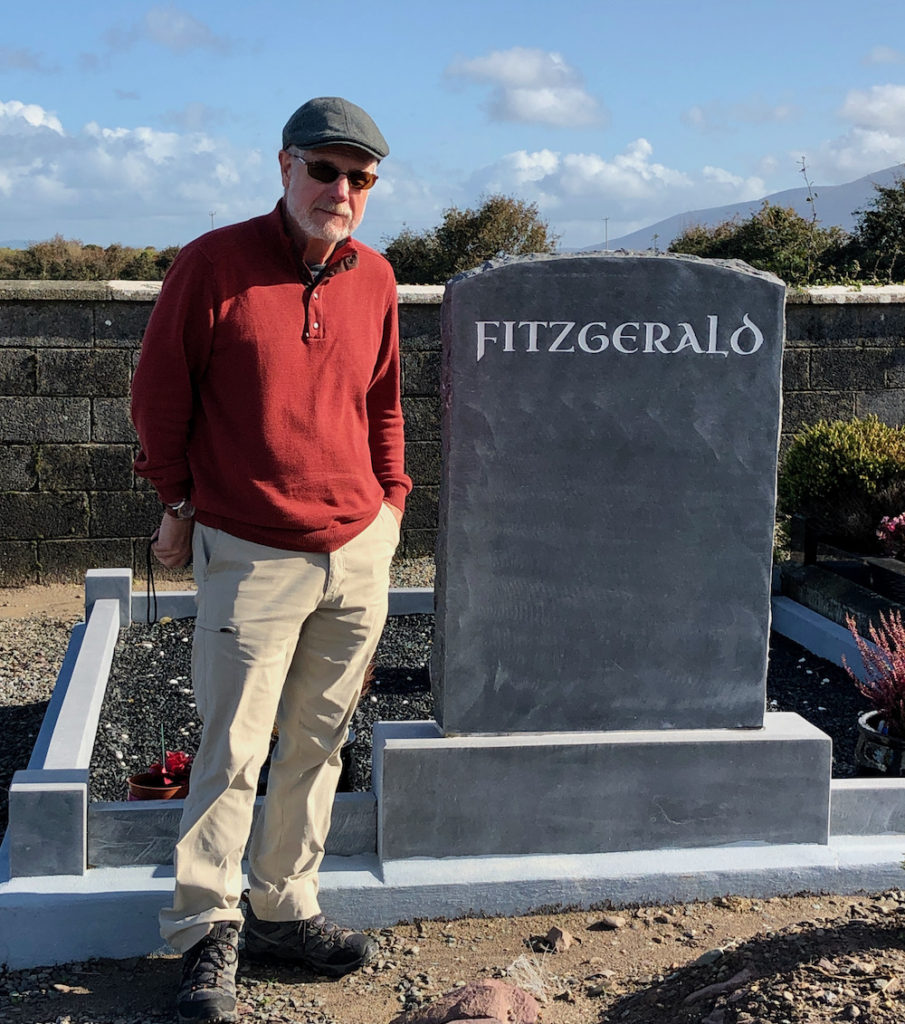
In 1989, we did what we thought was enough genealogical research to find our Irish ancestors. But no. Not. Even. Close.
Do you have any idea how many Fitzgeralds, Murphys, and O’Rourkes there are in Ireland, and all over the world? We showed up with names, a few dates, but not much else. How many Edward Fitzgeralds are in that registry, you say? Hundreds? Ok then.
Today the internet makes Irish genealogical research much easier, but it’s still challenging, due to a massive fire in 1922 that destroyed thousands of census/parish records stored in Dublin’s public records office.
But with a one-month membership to RootsIreland and thanks to a fierce O’Rourke clan princess named Bridget (the missing link), we found 14-year old Edward, who travelled alone to Canada in 1844, a year before tenant farmers and their families began dying en masse of starvation, typhus, and other famine-related diseases.
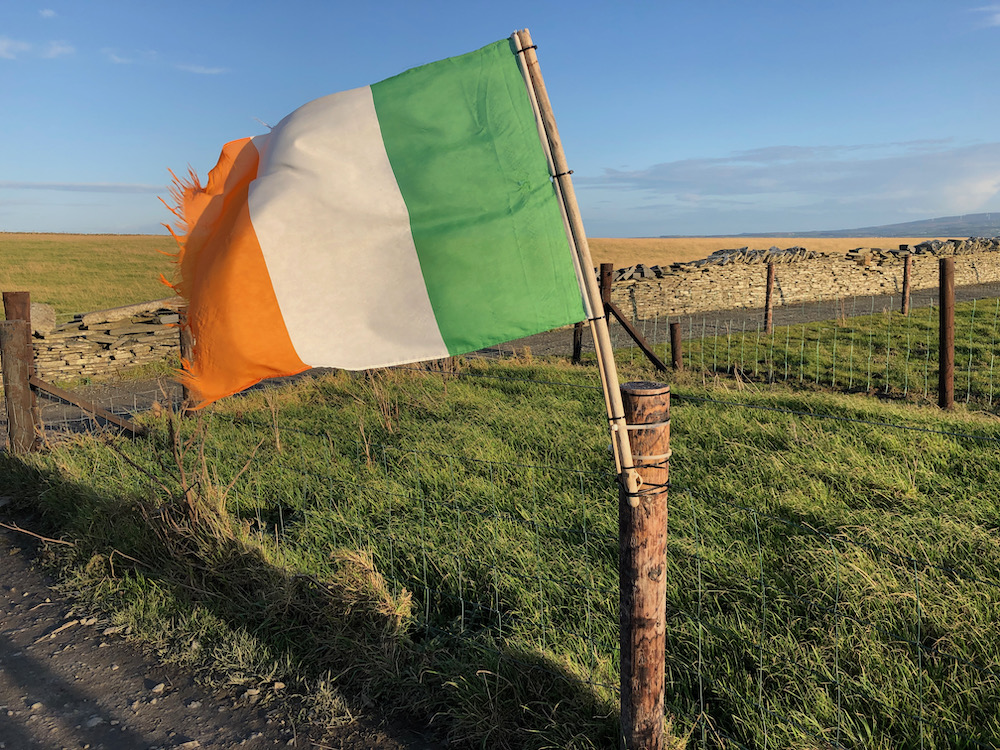
Close to two million Irish emigrated to North America during the Great Famine, along with Padre’s ancestor Edward, which is why so many Americans claim at least some Irish ancestry today. And by the way, if an American doesn’t have an Irish ancestor on their family tree, it’s perfectly cool to claim one TODAY, since everyone is Irish on St. Patty’s Day, right?
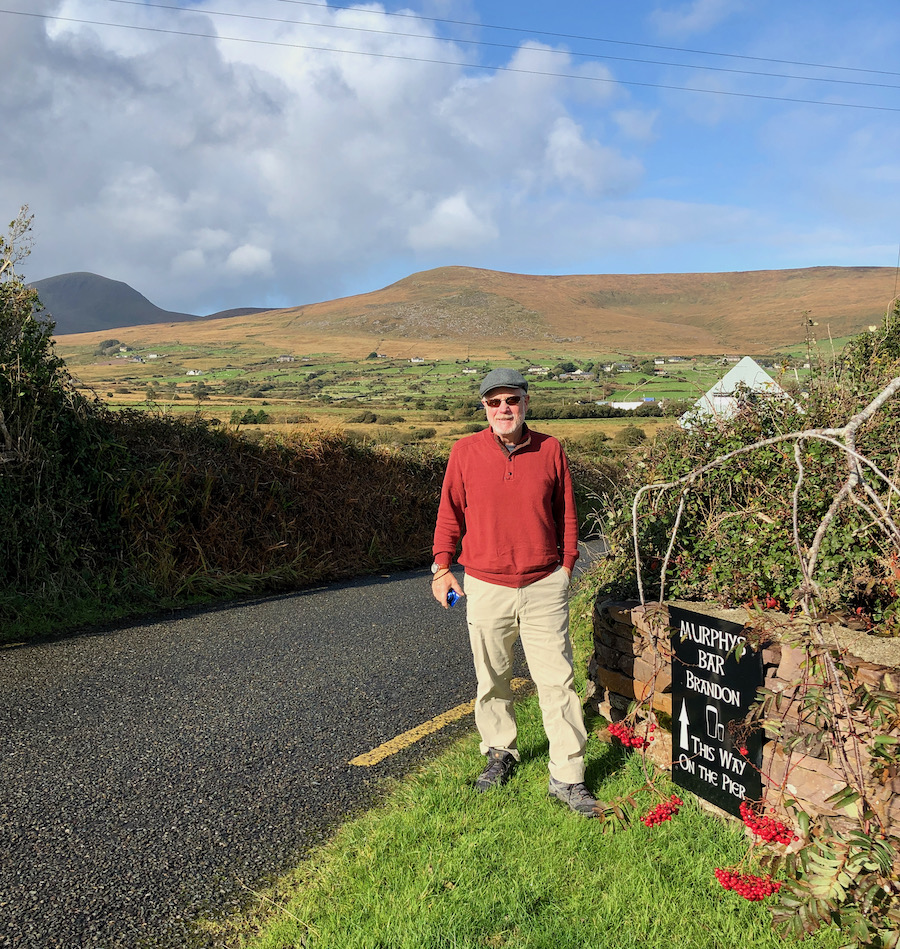
What courage it must have taken for young Edward to hug his parents goodbye, never to see them, or the only home he ever knew, again. We located the land Edward’s father tenant-farmed before the Great Famine, and the Fitzgerald name is listed on even more plots during the famine years. Maybe Dad took over plots when others died, perhaps? And Edward’s father was even listed as owner of one plot in 1851, which was remarkable.

That’s remarkable because the Fitzgeralds were Catholics. Their Protestant landlords, ordered by the British government to pay taxes to help feed starving peasants, evicted their Catholic tenants instead, to avoid the tax. Many British Protestants claimed that Catholics were ‘of the devil’ and deserved to starve, while shipping Irish grain and dairy products back to England, leaving the Irish peasantry to their fates.
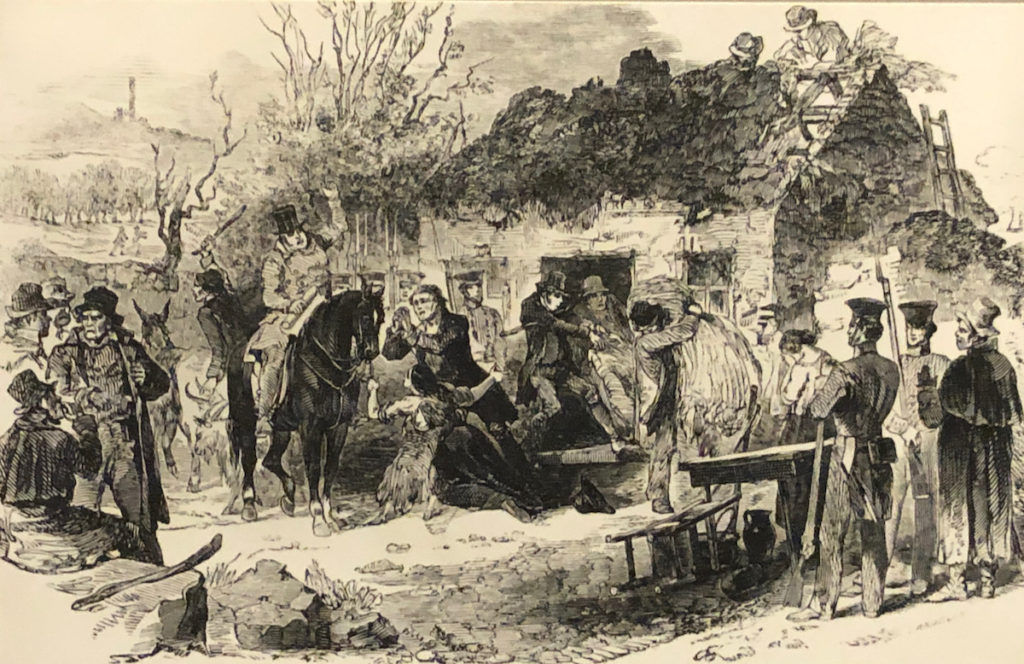
So starve the peasants did, in massive waves, especially in Southwestern Ireland and on the Dingle Peninsula. But not Edward’s parents, it seems, even though their son was long gone to the New World by then, propagating a line of Fitzgeralds that resulted in Padre.
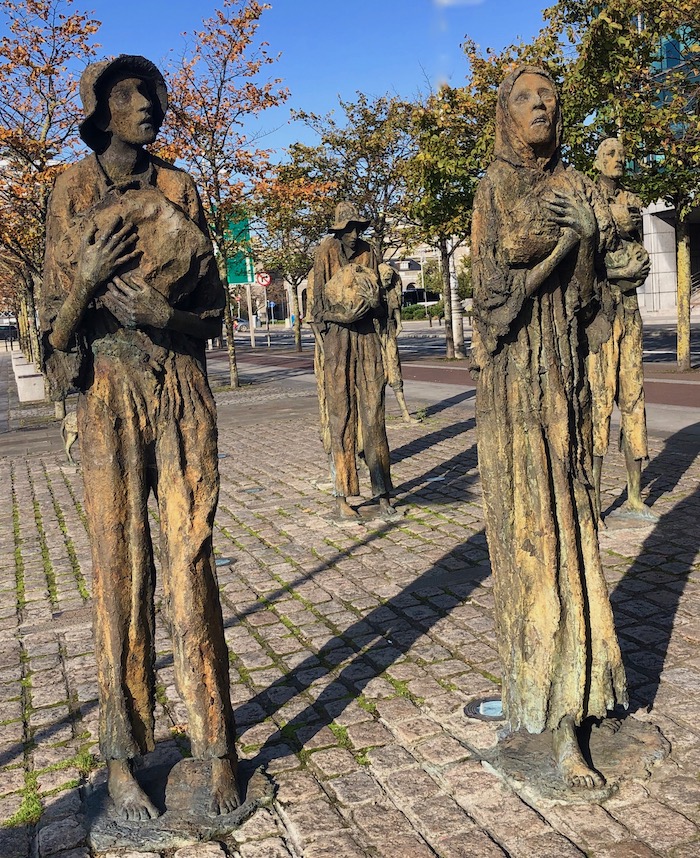
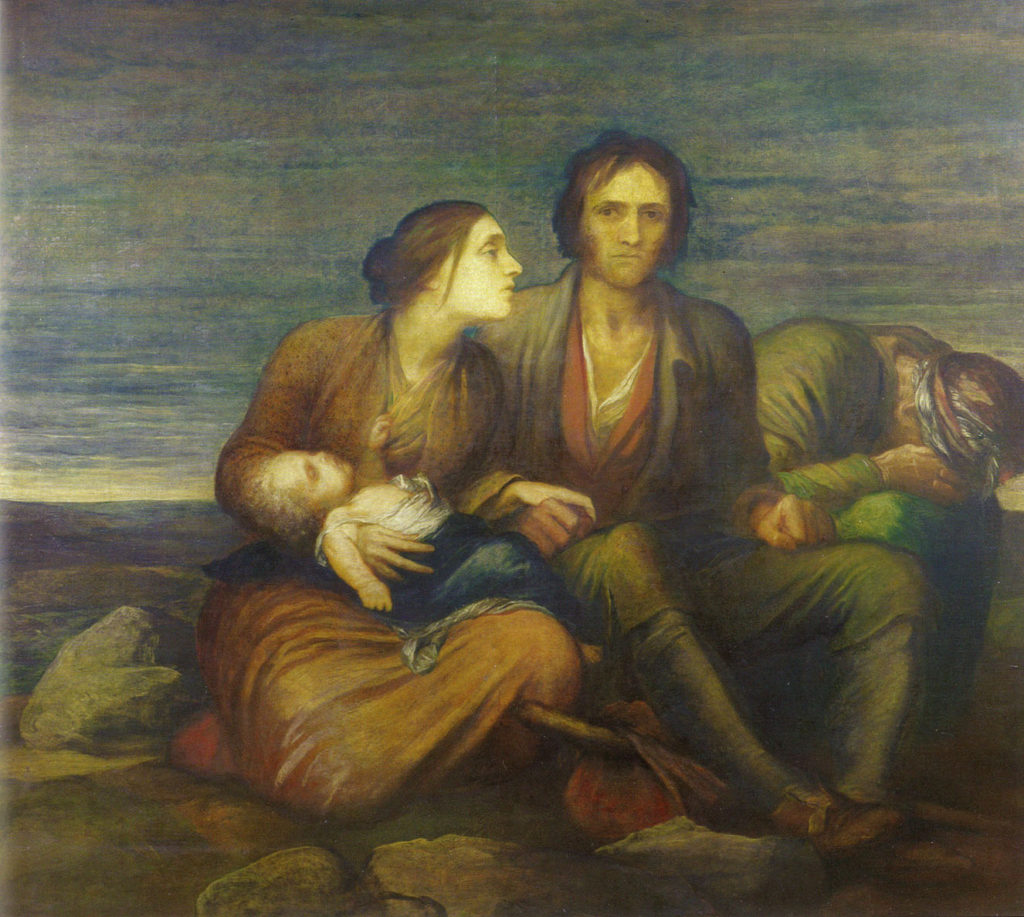
I do believe the Fitzgerald family tenacity must have been passed down through the generations, if Padre’s work ethic is any indication. He would have farmed the land AND fed his neighbors, I just know he would have. Edward would be proud of his great-great grandson if he knew that, I’m sure (maybe he does).
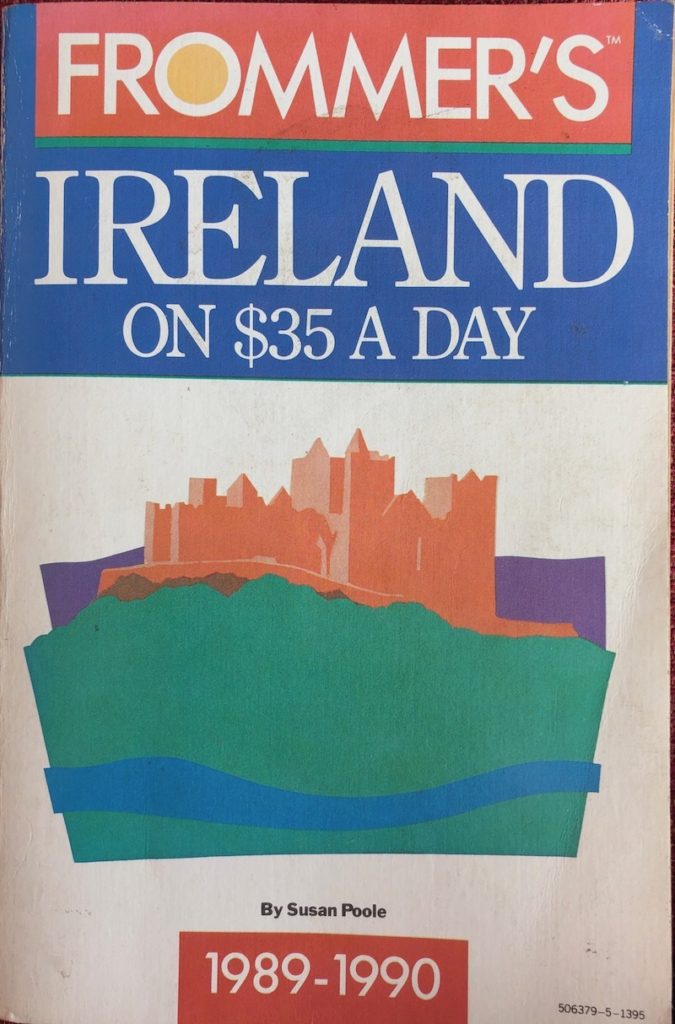
STAR WARS CENTRAL AND BREEGE’S STORY – HOW DID SHE MANAGE IT ALL?
We picked our 1989 Dingle Peninsula lodging, the Ostan Granville, owned by Billy and Breege Granville, out of our guidebook, Ireland on $35 a Day, which described it like this:
This 1828 Georgian house began life as a rectory, then was used by the Royal Irish Constabulary as a barracks until the 1920s, when it burned. That’s when the Granville family took it over, restored it, and opened its doors to the public. There’s an old-fashioned, homey look to the place, and its bar looks out to Mount Brandon, Ballydavid Head, Smerwick Harbour, and the Three Sisters – a wonderful place to bend an elbow before the fireplace while contemplating that sweeping view.
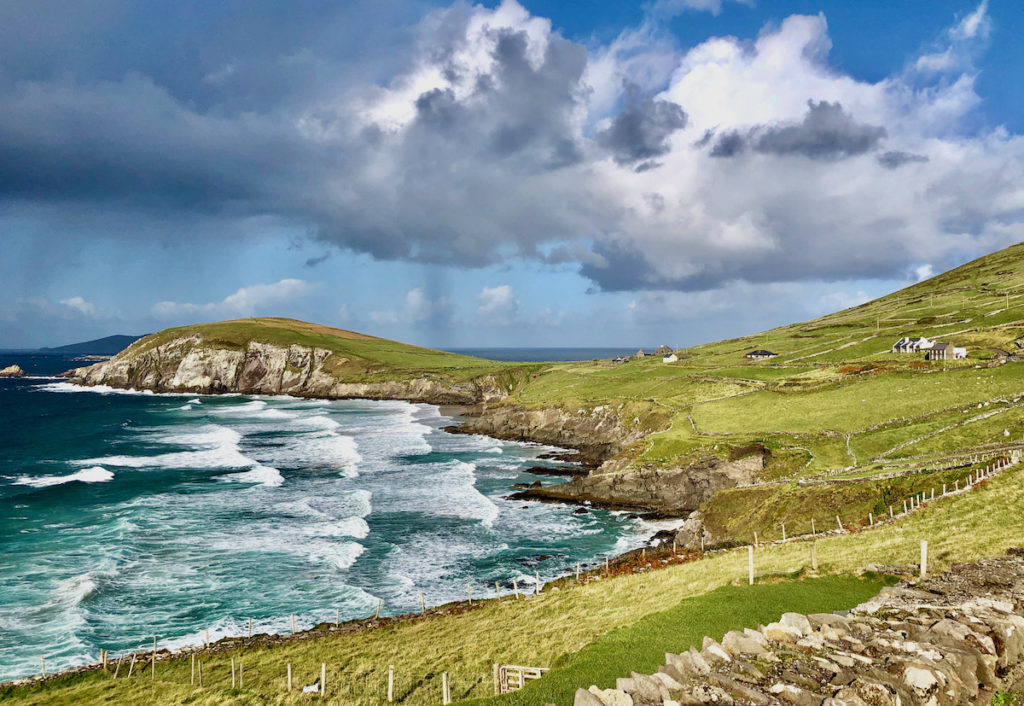
We don’t remember meeting Billy and Breege in 1989, but oh that dramatic setting – no wonder George Lucas shot so many Star Wars scenes nearby. I adored the old hotel at first sight, with its creaky stairways and rattling windows, and that ‘end of the world as we know it’ vibe due to its isolated location.
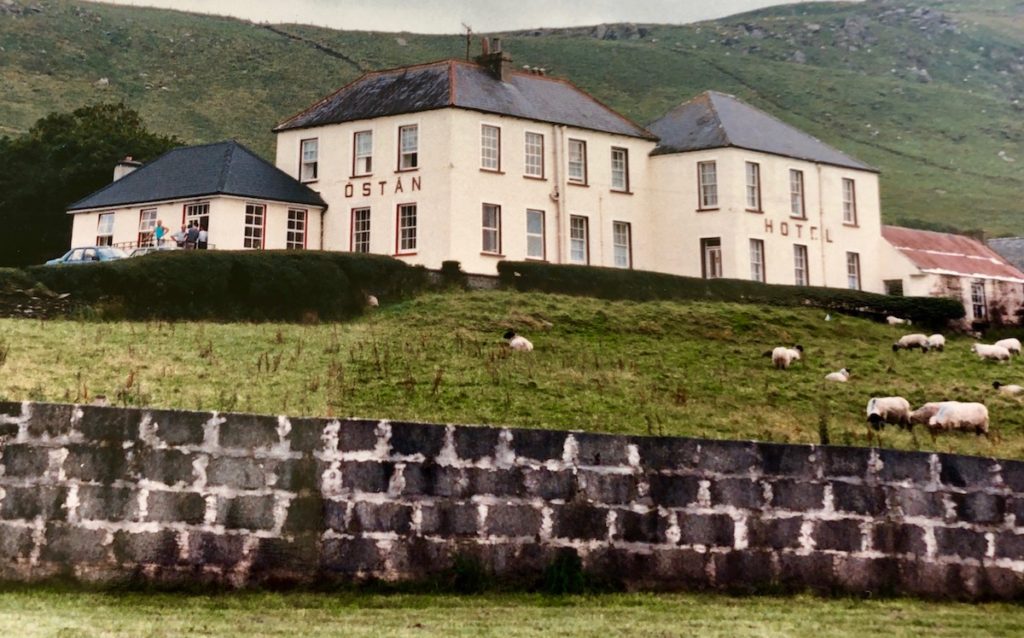
In 2019 it took me days to find the hotel online, but finally located it based on our old photographs. It’s now an airbnb called The Wild Atlantic Way, still owned by Breege.
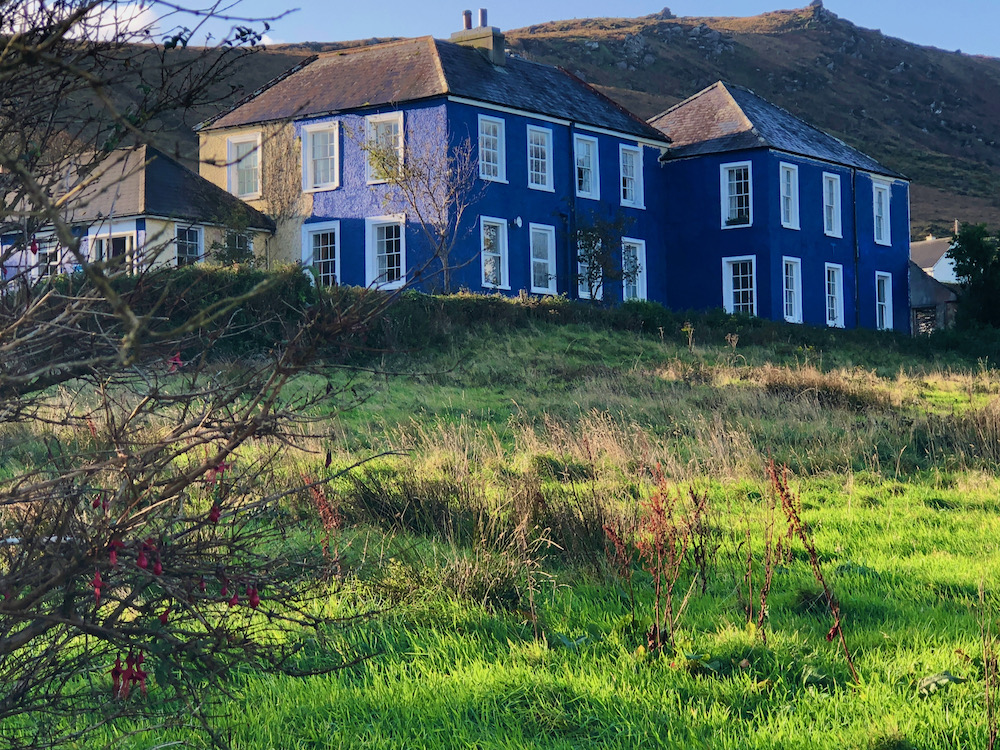
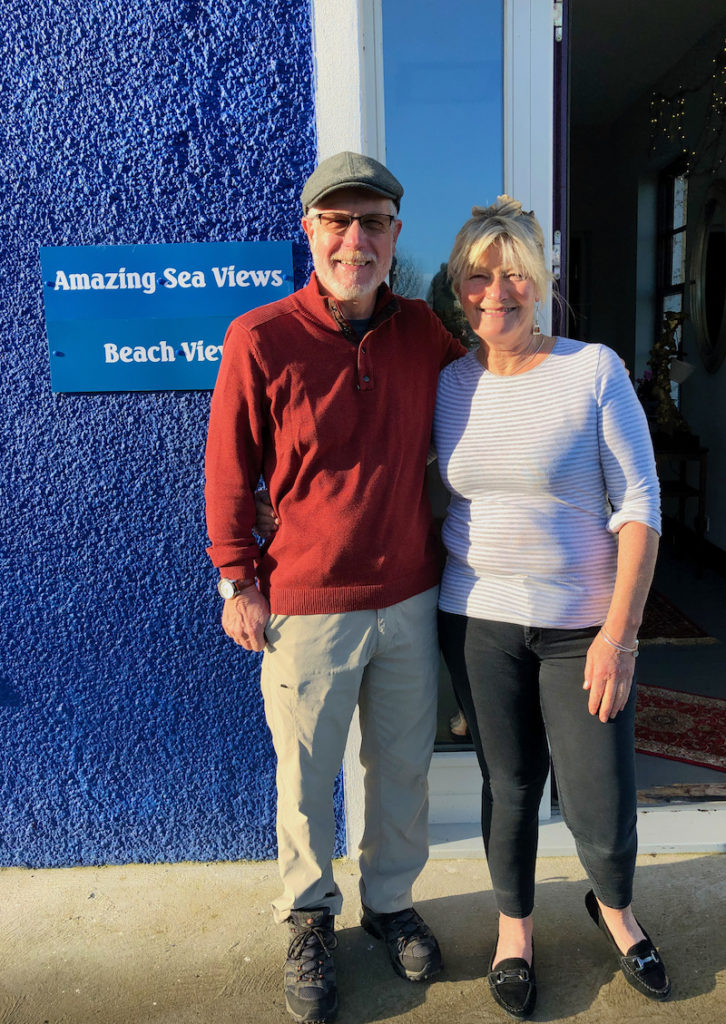
Turns out that a couple years after our honeymoon Billy died suddenly. Breege was left to raise their three young children alone, and so she closed the old building down, leaving it empty and subject to the elements for years, while she worked on simple survival. Recently, she began restoring the hotel due to the prompting of one of her adult daughters, who convinced her it would make a perfect airbnb.
And that it does. What made it so special for us was Breege herself, though. Once we let her know about our long-ago honeymoon stay, she postponed her vacation just to meet us, and we learned her story during our visit. Today, her children are thriving and much of the original house is restored, open to rent.
Before the pandemic, many of Breege’s guests were Star Wars fans, as well as cyclists and birders – the area teems with seabird colonies and gorgeous scenery. Local tours abounded, tours focused on Star Wars, nature, archeology, and more. We drove, hiked, and explored the area much more thoroughly than in 1989, including a wonderful archeology tour, since now we knew Padre’s ancestors had lived their lives here among these same lanes, hills, and fields.
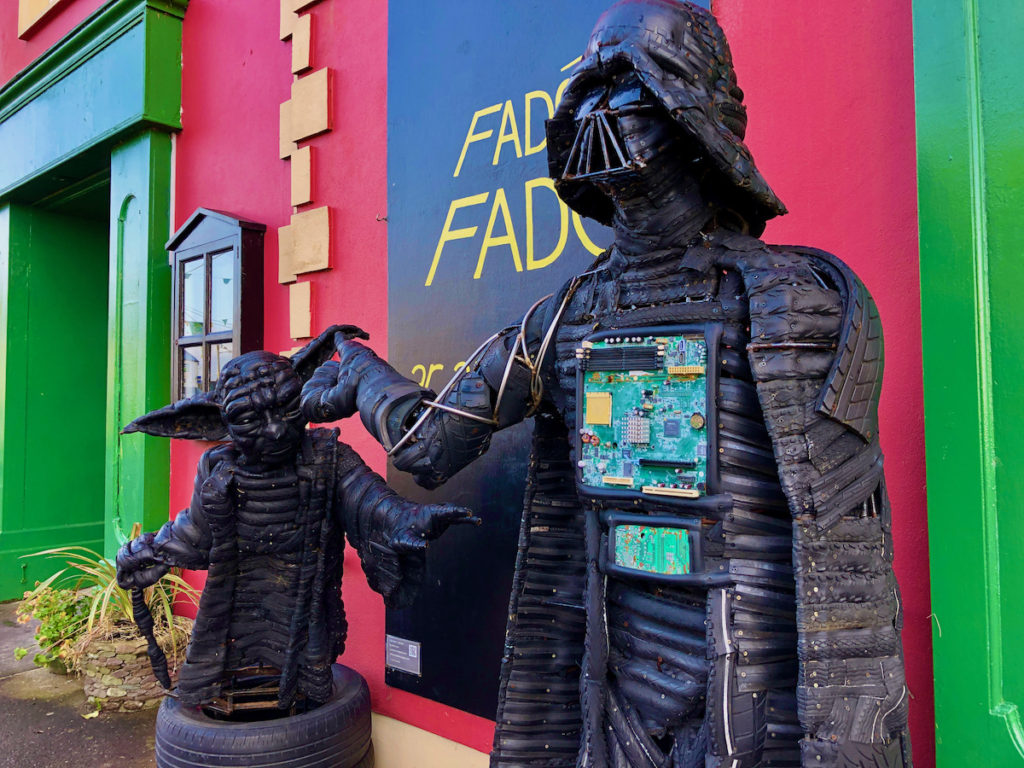
After the Great Famine, much of the land planted with potatoes before the Famine was never tilled again, including the land that Padre’s ancestors managed. We noticed this especially on the higher hills, where we could still see faint rock outlines of the old potato fields. No need for much farming anyway, after all the dying and leaving. Yet what a beautiful, haunting natural land it is, the land of Padre’s ancestors.
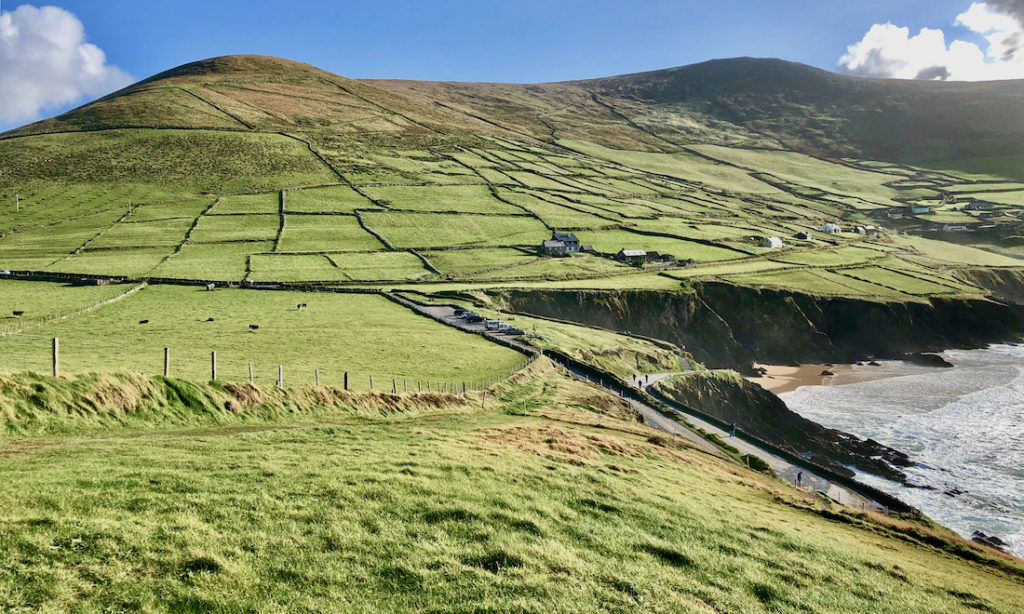
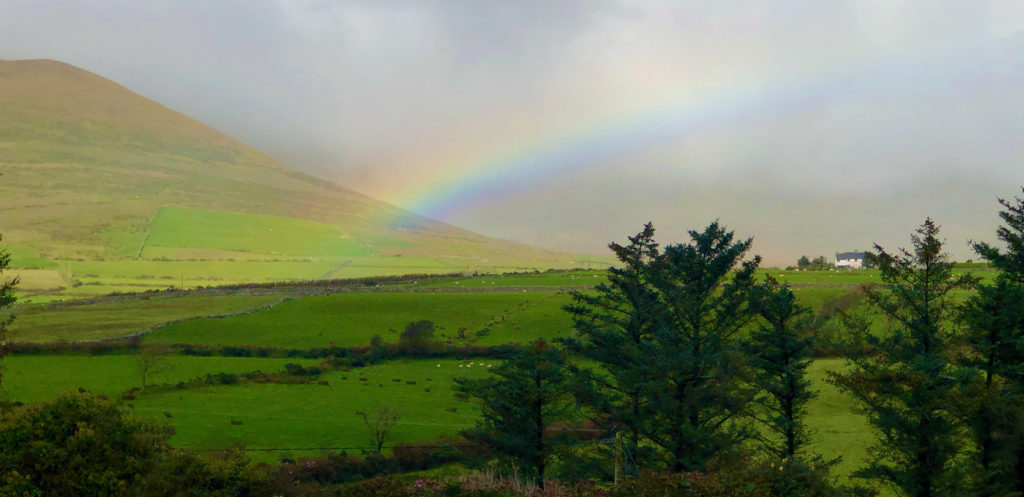
HOW DID IRELAND SAVE CIVILIZATION? THANK THOSE NERDY, BRAVE MONKS
We really do owe them our deepest gratitude. When Yoda says in Episode II: Revenge of the Sith that, “in a dark place we find ourselves, and a little more knowledge lights our way,” he could be talking about the time when tiny, inconsequential Ireland saved the world’s bacon after the fall of Roman civilization.
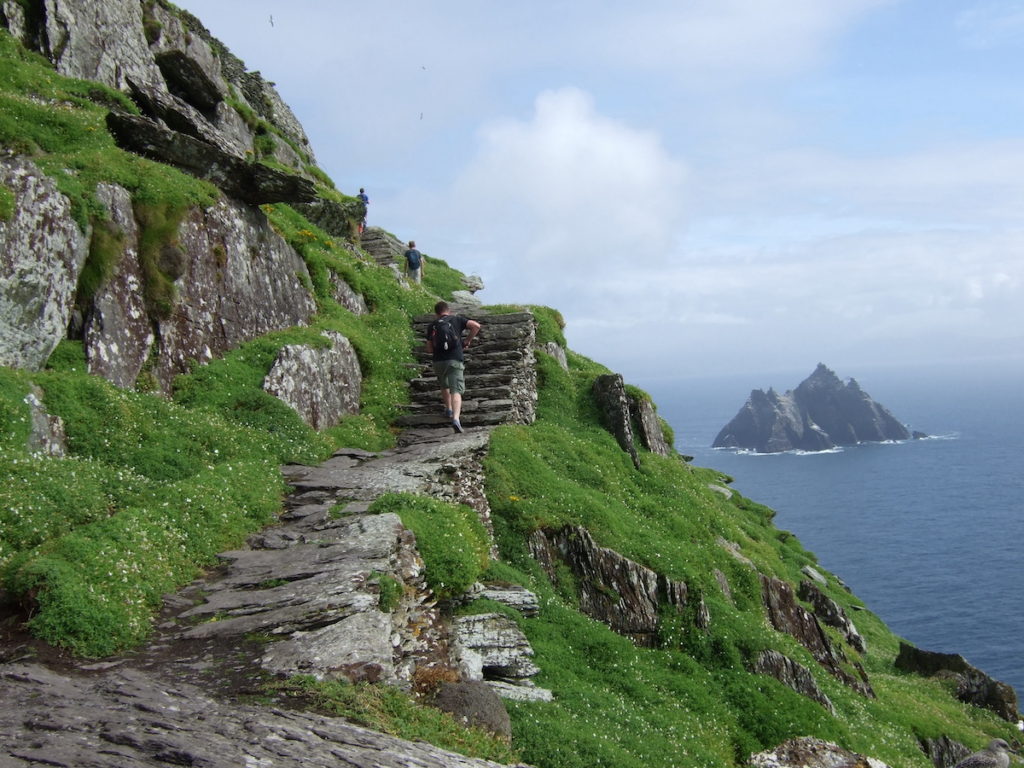
Literacy itself almost died when the Roman Empire fell, as rampaging barbarians burned books, looted artifacts, and raided Roman cities throughout the European continent. In the depths of the Dark Ages in 6th century A.D., monastic monks fled to remote lonely outposts to laboriously copy manuscripts they saved from the pillaging, illiterate hordes. Had the barbarians succeeded in destroying the world’s existing libraries, we may have lost forever all of classical history, including Homer, Plato, Aristotle, and much more.
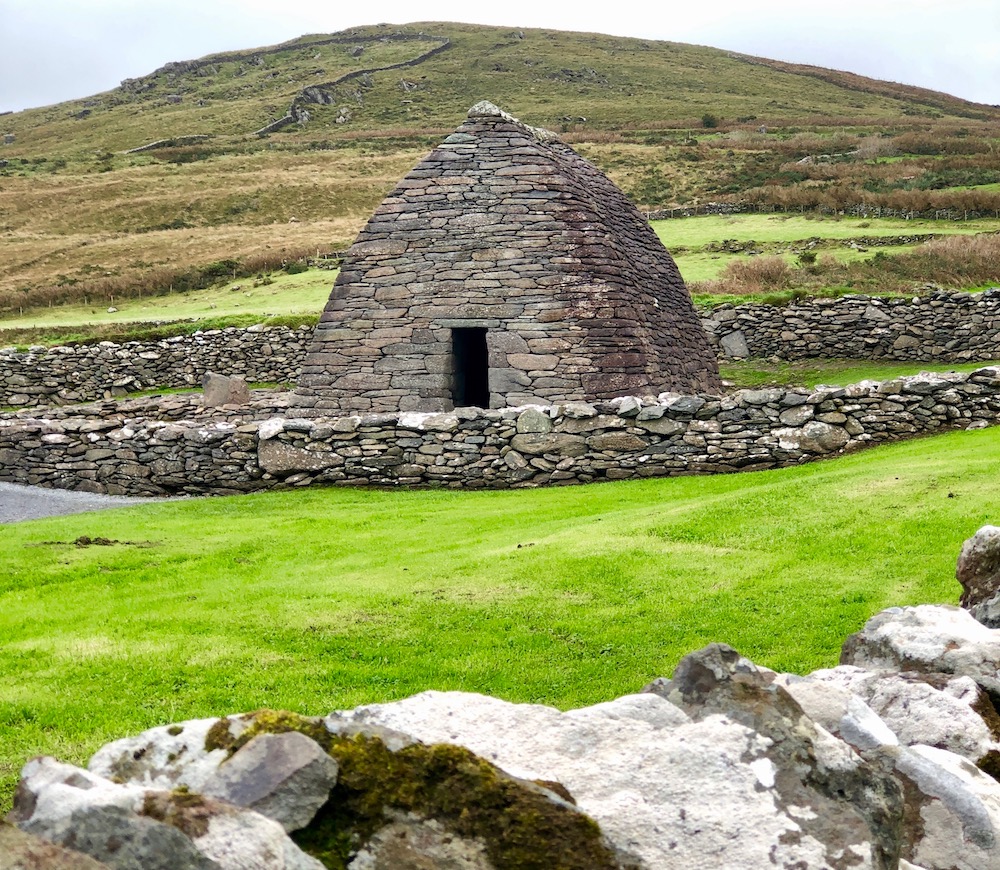
The Dingle Peninsula monks lived stone-age lives while saving the world’s libraries, and represent Yoda’s command for all of us: “you must always pass on what you have learned.” Pass on they did, and from tiny stone beehive huts, no less, where they saved hope during a dark hopeless time in world history.
FITZGERALD CASTLE RE-DO, AND NO LEPRECHAUN’S REVENGE THIS TIME
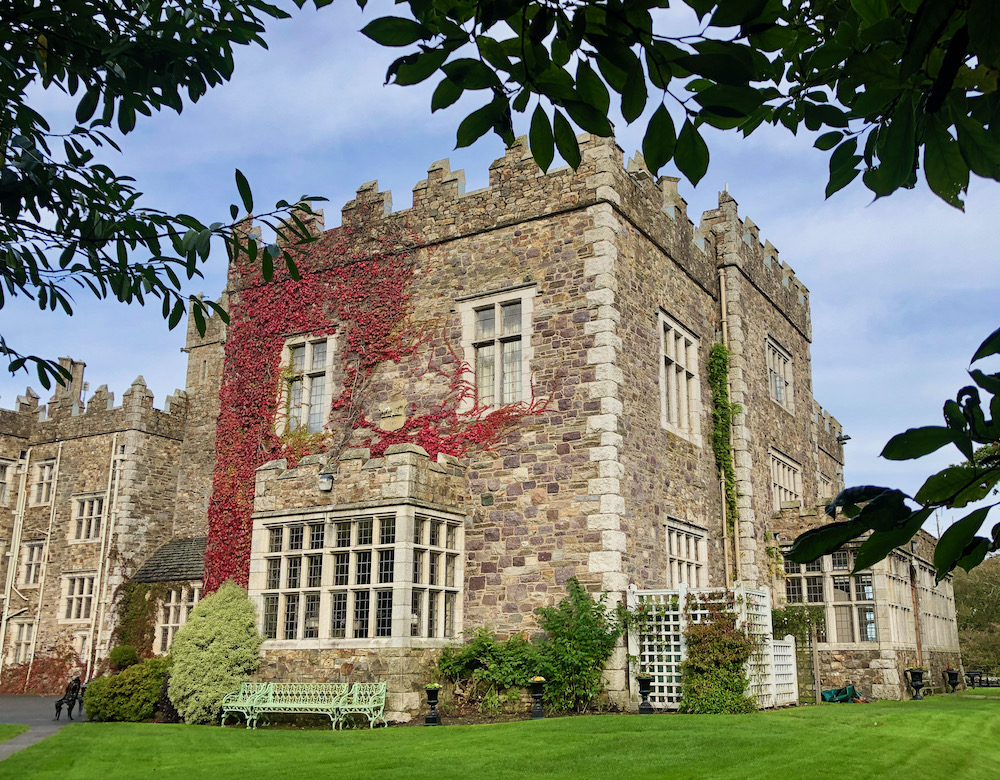
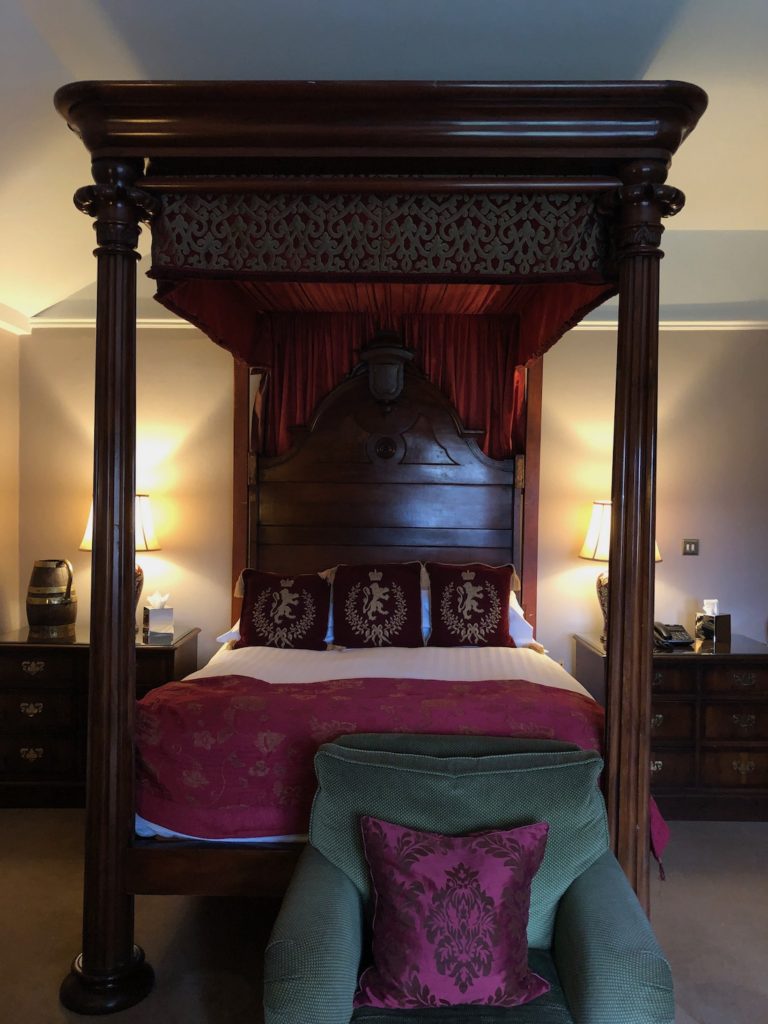
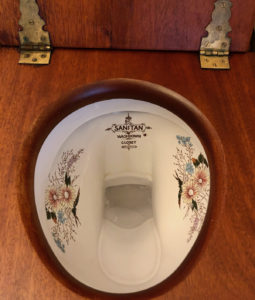
In 1989 our big splurge was a night at the fancy Waterford Castle, once the home of Padre’s Fitzgerald clan. We had contracted Leprechaun’s Revenge, though, from too much fresh farm food by the time we arrived for our special night. So some of our castle memories involve the painted inside of its fancy ceramic toilet bowl. (I know, too much information.)
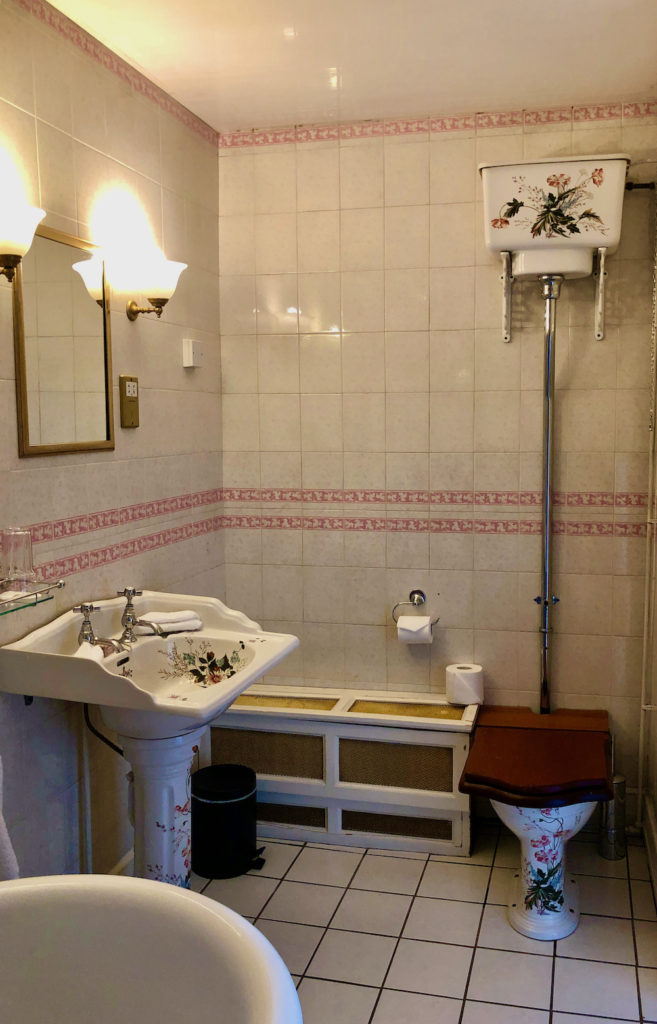
This time we avoided fresh-off-the farm-Irish food (the things old people know!), and arrived healthy and amazed at how gorgeous the castle grounds still were. Turns out castles don’t change much, since those massive stone walls were built for the centuries. And the painted ceramic fixtures, the toilet with a chain hanging down from the ceiling? Still there, a testament to Fitzgerald fortitude for sure.
THE DRUNK IRISHWOMAN DID A NICE THING FOR US, AND FOR IRELAND
In 1989, I kept telling Padre that “the guidebook says it should be right here!” as we retraced our route down narrow lanes. The inebriated woman emerged from her thatched cottage around 10 a.m., weaving toward us and gesturing. “They’re in the back” as she pointed to a dirt path, behind the cottage, which led to a vast field. So she knew what we were looking for: the Neolithic stone ruins.
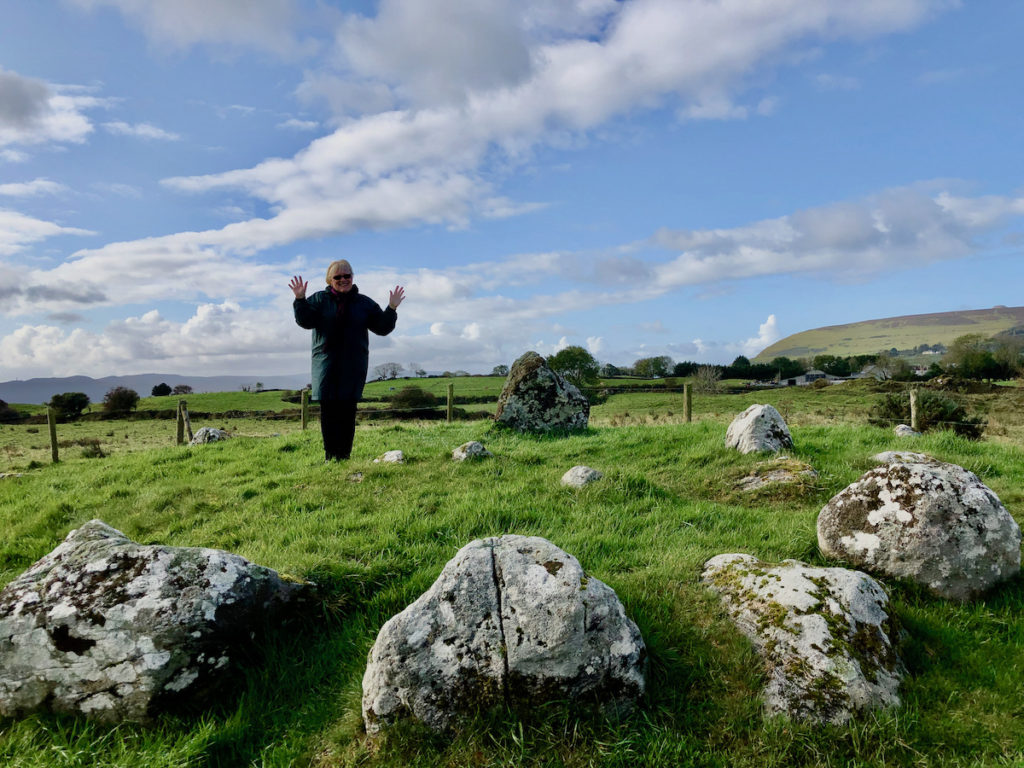
Her field, in fact. She owned 25 acres of property back there, where the ruins lay scattered in the emerald green grass. She didn’t have to let us wander around, but she welcomed us (and we really should have offered her a pint, at least).

Turns out that not long after our last visit, Mary died and the State purchased her 25 acres, so her land now serves as a center for historical and archeological research, as well as tourism. Yay Mary! (or Mary’s family. Yay).
By 2019, her cottage had morphed into the Carrowmore Megalith Visitor Center. Martin, the guide we chatted with there, found our 30-year old photos fascinating, and he also informed us that some believe the ghost of Mary’s husband haunted the cottage at times. I bet Mary haunts a bit as well, pint in hand no doubt.
IRISH COWS AND STUNNING IRISH LANDSCAPES
We not only survived 30 years together (almost 33 now): We have survived Irish driving twice, cows and all.
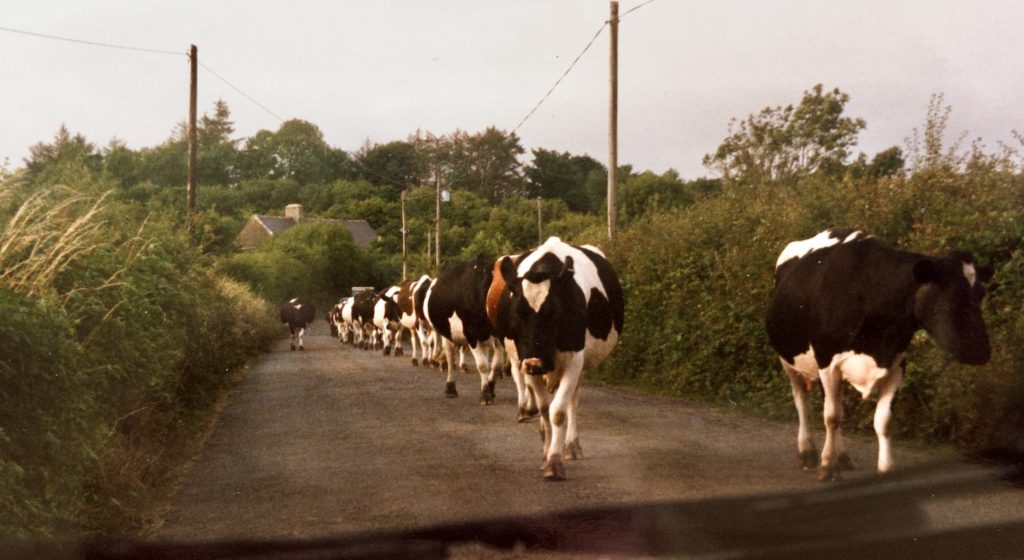
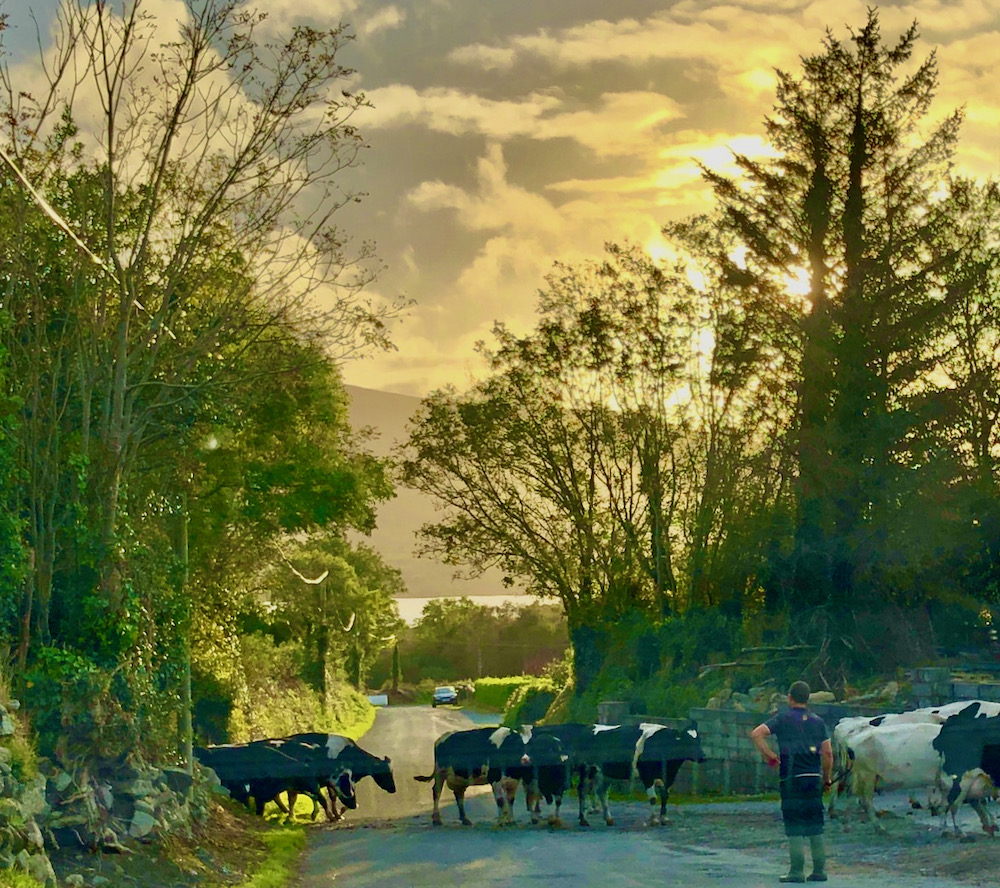
And while the empty western lands of 1989 are now dotted with holiday cottages and express highways, we found the gorgeous Irish landscapes of our first trip, still intact.
So here are a few more photos of the rest of the Emerald Isle for you to enjoy on this, our favorite Irish American Day.
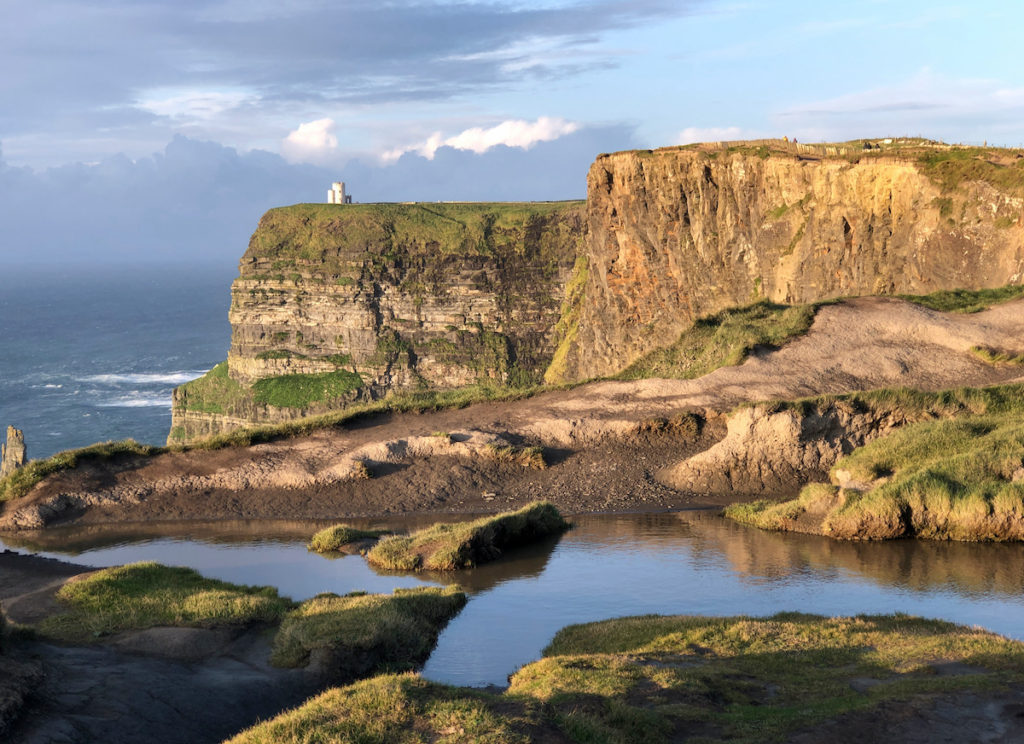
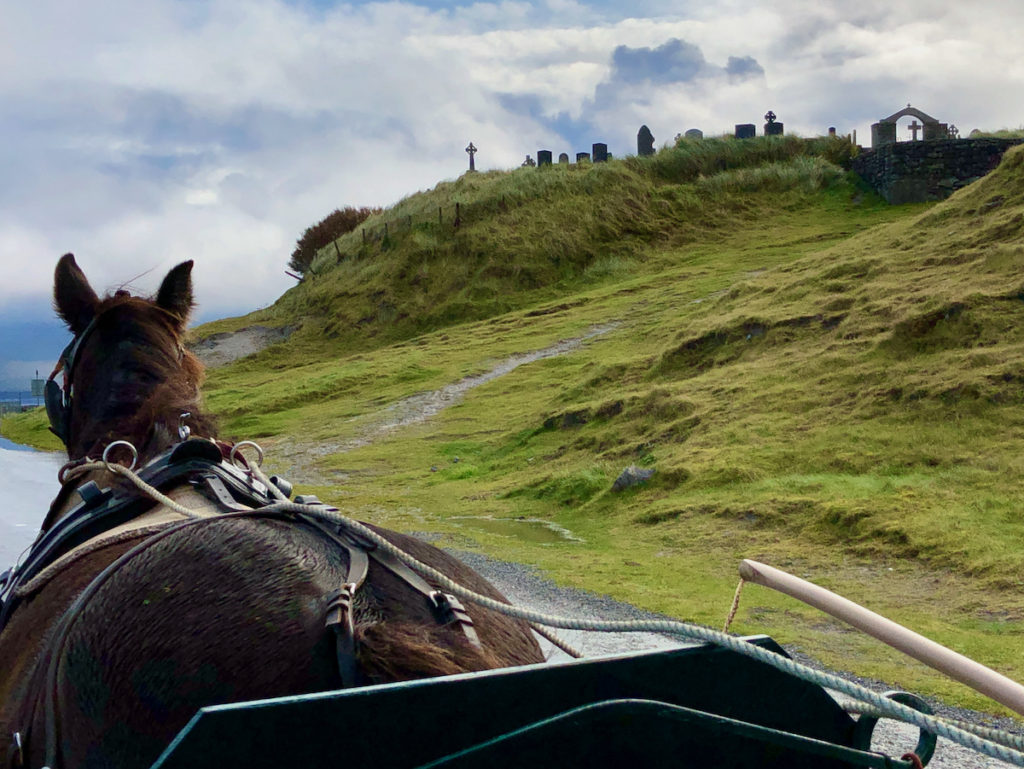
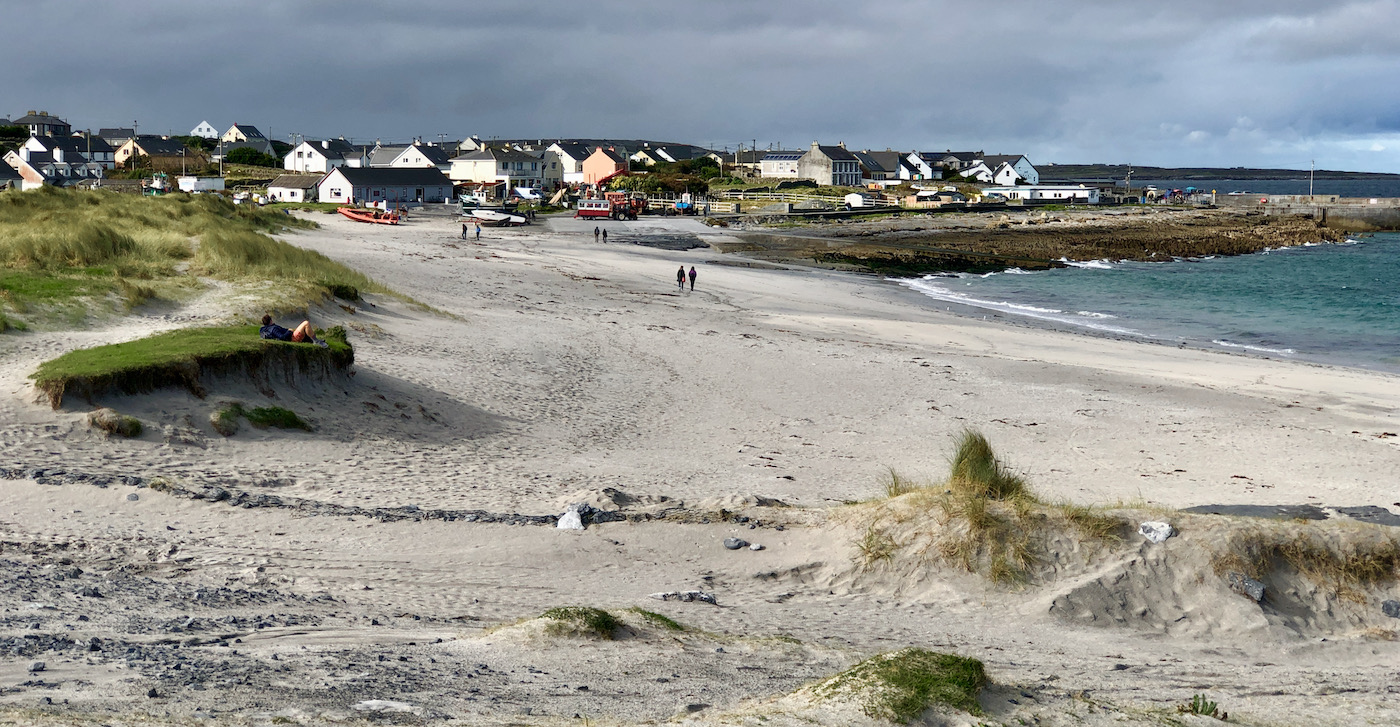
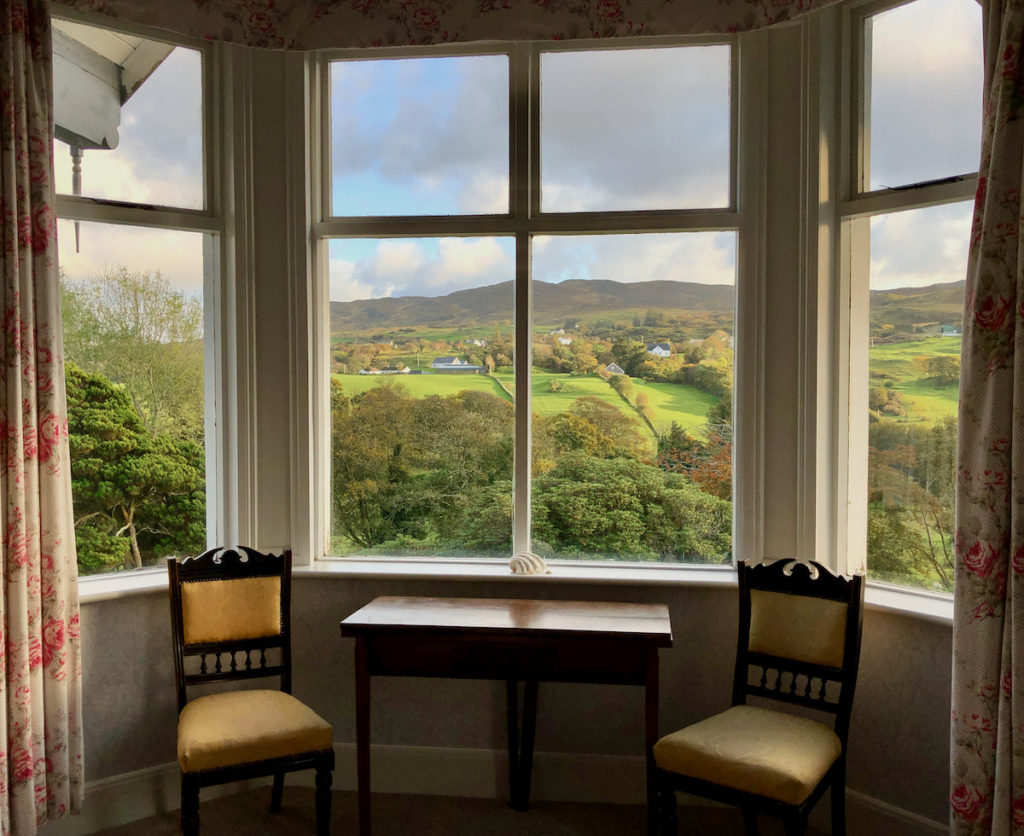
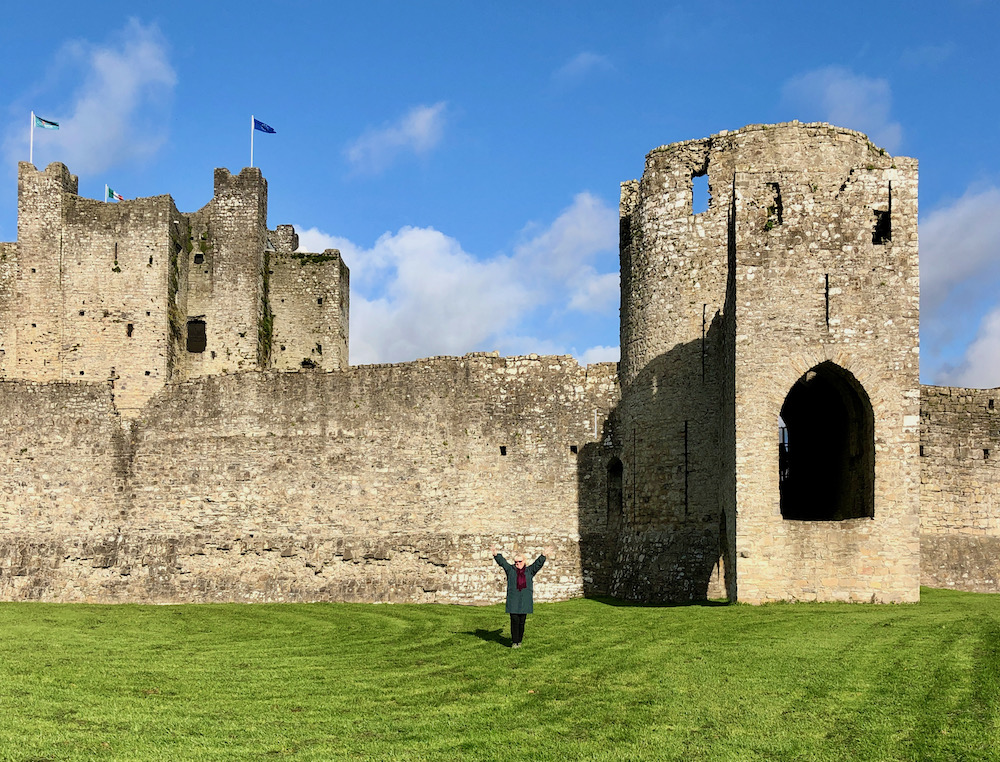
Happy St. Patrick’s Day, everyone – thanks as always for following along!


